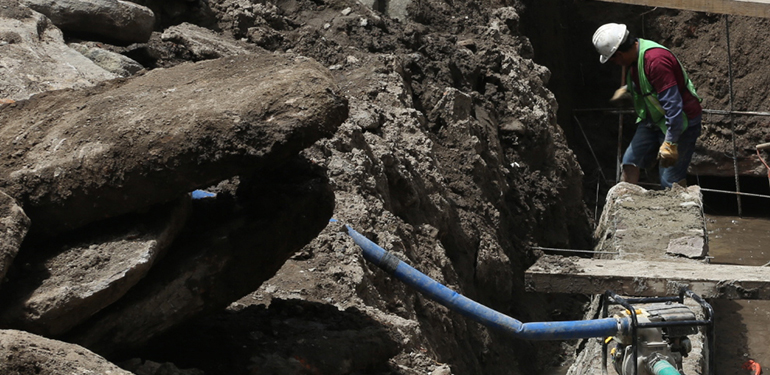Groundwater is located beneath the surface of the Earth. Groundwater flow controls soil compressibility and strength, affecting the ability of soil to withstand structural loads.
Water saturation results in the soil media taking on a specific physical characteristic because of the water’s relative incompressibility. This happens below the groundwater table, which can fluctuate with time.
Groundwater impacts constructions that occur below the water table or soil by affecting the facility’s function and design as well as the construction cost. This makes it important to conduct étude hydrologique environnementale before actual construction starts.
Preparing for Ground Investigation
An effective ground investigation considers and highlights the possible issues associated with the presence of groundwater and surface. Engineers can achieve this by collecting hydrological data related to flood risk, aquifer designation, groundwater abstraction information, and surface water feature direction. Investigators need this information as they undertake particular risk assessments associated with geotechnical and geoenvironmental risk. Investigators can use their findings to help plan the initial site or ground investigation stage to include installing groundwater monitoring wells and monitoring groundwater for the long term. Boreholes or standpipes may need to be monitored for the long term to properly evaluate the groundwater regime.
A lot of hydrologists use data loggers when they undertake long-term groundwater monitoring. They can set these data loggers to record readings of the water level in certain intervals. This way, the device can record and save continuous data that can be downloaded and analyzed later. This will then give a dependable data set that can be spread over certain periods. With the data logger, the need for engineers to conduct site visits will be reduced.
Identifying and Evaluating Groundwater During Planning and Construction
To get an overview of water table conditions, engineers may need to use imagery interpretation or conduct site visits. But, this usually requires investigation of the subsurface conditions.
During subsurface investigations, test borings are required to define the depth and conditions of groundwater. Typically, these conditions can be observed in cohesionless soil as water can flow through these kinds of soils. It won’t be possible to visually observe groundwater conditions in cohesive soil for water flow. Usually, laboratory testing is required.
Because cohesive soils and wells have a slow flow rate, subsurface instruments like piezometers may take weeks or months to record changes and pressure in groundwater. If such changes are important to a design process, it may be necessary to use a diaphragm transducer to reach groundwater head changes in real-time.

